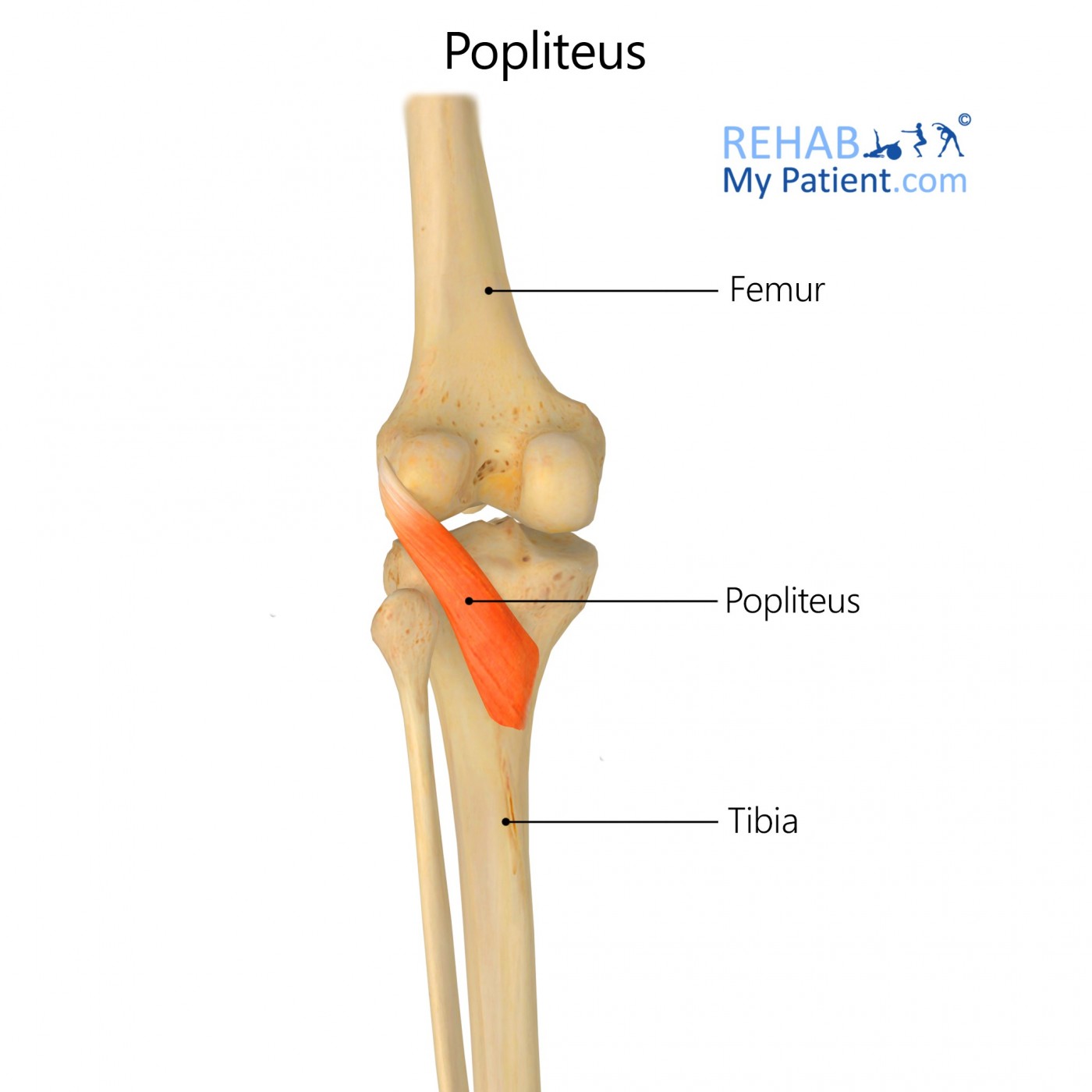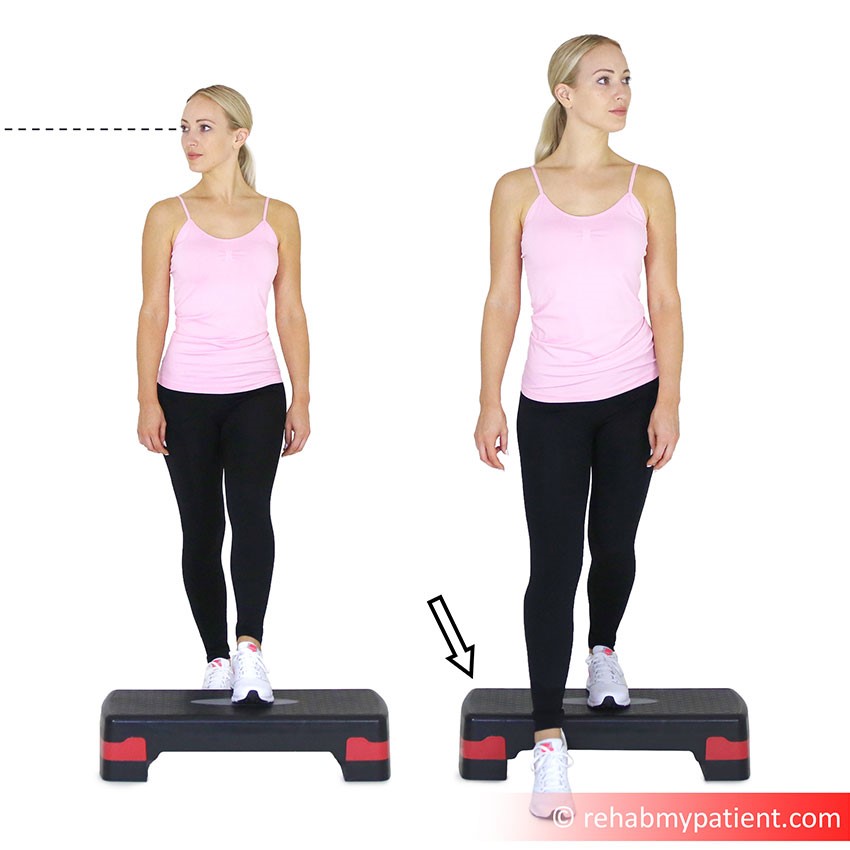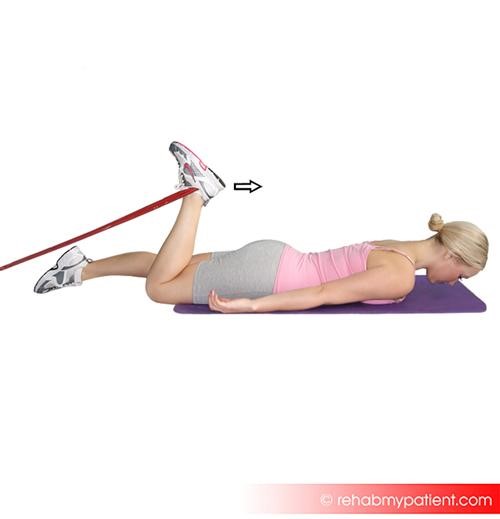
General information
Popliteus is the small muscle located behind the knee joint and flexes and medially rotates the leg at the knee.
Literal meaning
Ham of the knee.
Interesting information
Popliteus is a small muscle located at the back of the knee joint. Popliteus has three basic motions: flexing the knee, laterally rotating the upper leg on the lower leg when the foot is planted, and medially rotating the lower leg under the upper leg. Injury to the popliteus muscle will occur with any sprain or strain of the knee and chronic overuse or imbalance stress. Treatments for this area should include manually applied trigger point therapy and ultrasound as well as ice and ibuprofen to reduce inflammation.
Origin
Lateral surface of lateral condyle of femur.
Insertion
Proximal posterior surface of the tibia above the soleal or popliteal line; attaches to the femur at a point anterior and distal to the femoral attachment of lateral collateral ligament.
Function
Internal rotation of the knee.
Rotate the tibia medially on the femur and the femur laterally on the tibia.
Assists to bring the knee out of full extension position.
Posterior stability of the knee.
Nerve supply
Tibial nerve (L4, L5, S1).
Blood supply
Direct muscular branches and the sural branches of the popliteal artery, the medial and lateral inferior arteries, and the posterior tibial recurrent artery.

Relevant research
This study focused on the need to identify and repair injury to posterolateral ligamentous structures during arthroscopic reconstruction of the anterior (ACL) or posterior (PCL) cruciate ligament. Study findings show that the popliteus muscle-tendon-ligament complex, lateral collateral ligament, and posterolateral capsular structures function as a unit. Restoring only a portion of these posterolateral structures during operative reconstruction may result in residual instability or failure of the ACL or PCL graft.
Pasque, C., Noyes, F. R., Gibbons, M., Levy, M., & Grood, E. (2003). The role of the popliteofibular ligament and the tendon of popliteus in providing stability in the human knee. Journal of Bone & Joint Surgery, British Volume, 85(2), 292-298.
Isolated injury to the popliteus muscle-tendon unit should suspected when presented with an acute haemarthrosis, acute or chronic posterolateral instability of the knee, or posterolateral pain and tenderness in a stable knee. Incidents of this type of injury are uncommon. Clinicians recommend the use of magnetic resonance imagining (MRI) to evaluate the nature of the injury. The diagnosis may be confirmed through the use of an arthroscopic examination of the knee.
Guha, A. R., Gorgees, K. A., & Walker, D. I. (2003). Popliteus tendon rupture: a case report and review of the literature. British journal of sports medicine, 37(4), 358-360.
Popliteus exercises

Step task exercise
Place one foot on top of a small raised platform. Keeping the raised leg slightly bent at the knee, step forward with the opposite leg. Next, step backwards, then to the right and left of the foot planted on the step. Repeat this motion for 20 to 25 repetitions.

Leg curls
Attach one end of a resistance band to the base of a closed door or stable surface, such as a heavy table leg, at floor level. Place the other end of the band loop securely around one ankle. Lie on the floor, face down, with both feet toward the area where the band is initially attached. Lift the banded heel up and toward the glutes in a slow and steady motion. For more resistance, move farther away from the door or table. Slowly lower the foot to the starting position and repeat for 20 to 25 repetitions.
Sign Up
Sign up for your free trial now!
Get started with Rehab My Patient today and revolutionize your exercise prescription process for effective rehabilitation.
Start Your 14-Day Free Trial